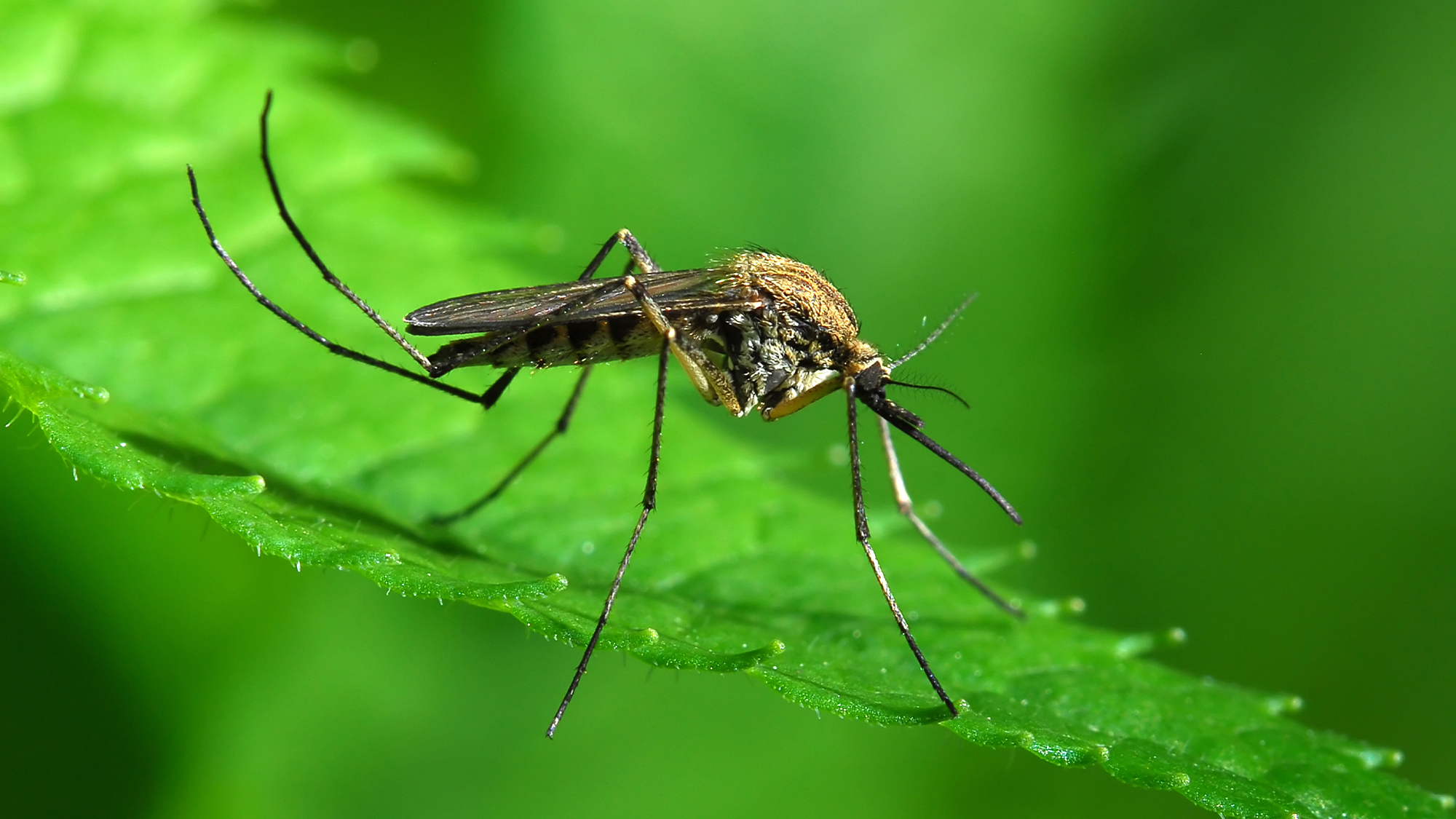

For the first time in 20 years, malaria has been spread locally by mosquitoes in the United States. The Centers for Disease Control and Prevention (CDC) issued an alert on June 26 stating that at least four people in Florida and one in Texas have contracted the mosquito-borne illness in the past two months.
[Related: Ghana is the first country to approve Oxford’s malaria vaccine.]
“Malaria is a medical emergency and should be treated accordingly,” the CDC wrote in a Health Alert Network Health Advisory. “Patients suspected of having malaria should be urgently evaluated in a facility that is able to provide rapid diagnosis and treatment, within 24 hours of presentation.”
Malaria was once endemic in the US, but was eradicated by the 1970s. One of the CDC’s first tasks at its founding in 1946 was eliminating the disease as a public health threat.
It is caused by several species of parasites that are transmitted by Anopheles mosquitoes. Malaria usually causes flu-like symptoms, but it can also cause nausea, vomiting, and diarrhea in some cases. It can lead to severe disease if it is left untreated with medication. The World Health Organization estimates that it killed 619,000 people worldwide in 2021. Nearly half of the world’s population is at risk of the disease.
Roughly 2,000 cases of malaria are diagnosed in the US annually, but those are typically contracted by people who have traveled outside the country. In 2003, there were eight cases of locally acquired mosquito-borne malaria identified in Palm Beach County, Florida.
According to a Florida’s Department of Health statement announcing a statewide mosquito-borne illness advisory, the new cases were identified in Sarasota County. Texas has also issued a health advisory. The CDC recommends that hospitals around the country have malaria tests on hand, stock up on treatments, and that local public health officials have a plan to rapidly identify, prevent, and control the disease.
The new cases were caused by the malaria parasite Plasmodium vivax, which is less likely to cause severe disease than some other species of malaria parasites. The CDC says that all five patients “have received treatment and are improving.” The agency also notes that the risk of locally acquired malaria still remains very low in the US.
[Related: Why did it take 35 years to get a malaria vaccine?]
“It’s not panic time,” Brian Grimberg, an associate professor of pathology and international health at Case Western Reserve University, told The Washington Post. “I think the message is to be aware. I mean, Americans never think about malaria unless they travel abroad.”
Malaria is most common in warm climates and some scientists worry that as the Earth warms, more regions will be affected by the disease. According to a 2022 study published in Nature, climate change can exacerbate a full 58 percent of the infectious diseases that humans come in contact with around the world. The authors of that study note that hepatitis can be spread by flooding, droughts can bring in rodents that are infected with hantavirus, and warmer temperatures can lengthen the life of mosquitoes carrying malaria.
The CDC advises the public to take basic steps to prevent mosquito bites and control mosquitoes at home. Wearing insect repellent, long-sleeved shirts and pants when outdoors can help prevent bug bites, in addition to using good screens on windows and doors when inside.
